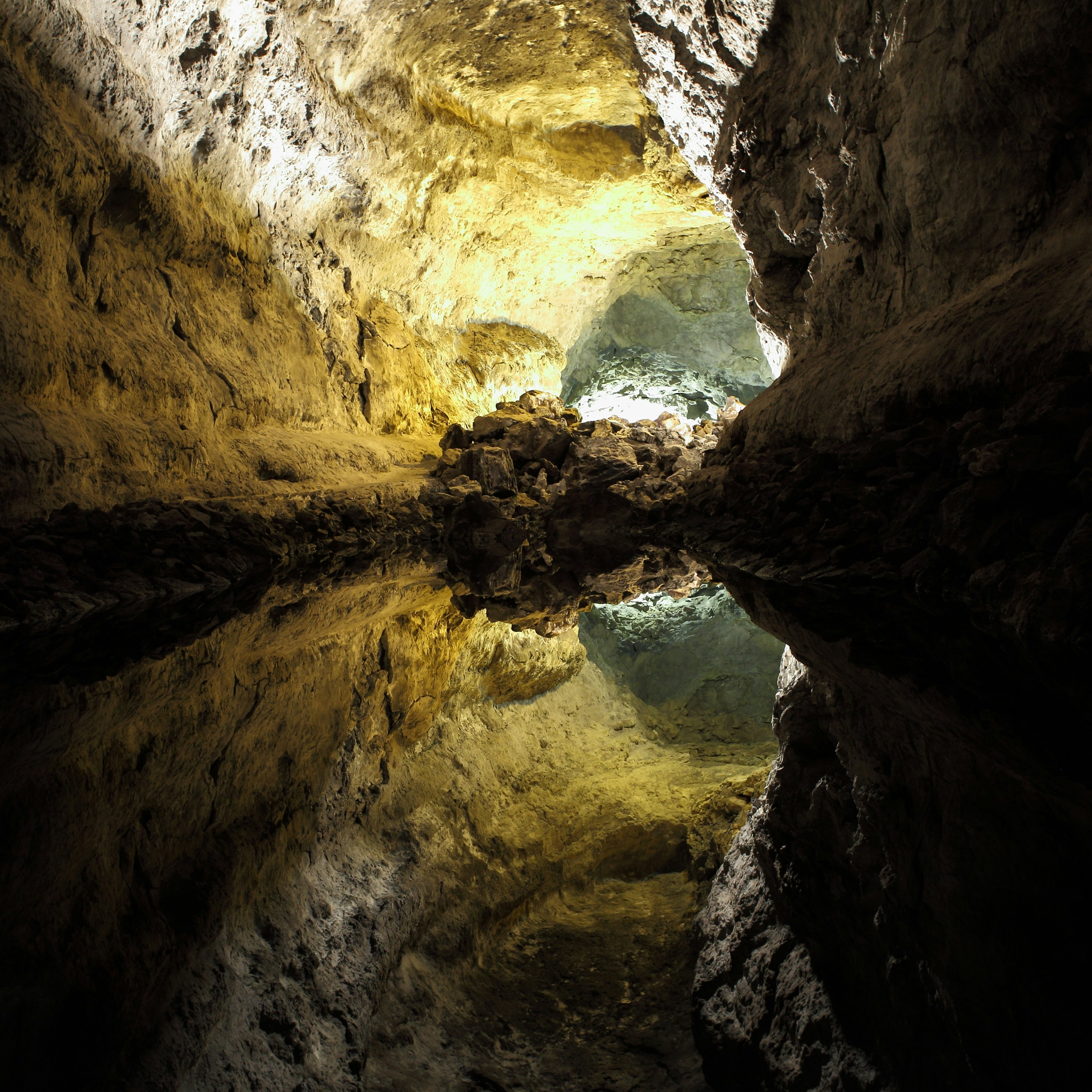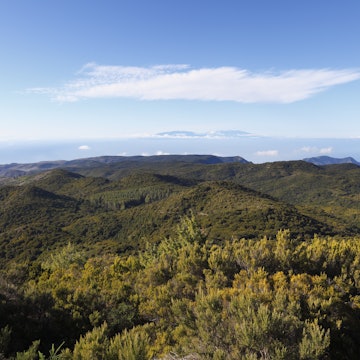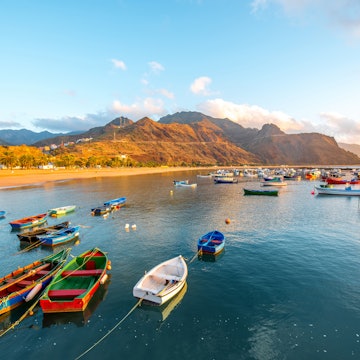
Overview
Scented pine forests, haunting volcanoes, lunar-like landscapes, secret sandy coves, miles of Sahara-style dunes, beach-hugging resorts. This is the unique beauty of the Canary Islands.
Must-see attractions
Planning Tools
Expert guidance to help you plan your trip
Best Things to Do
Anyone who loves the Canaries knows that it’s hard where to start. Here are 20 ideas.
Read full article
Transportation
From catching local buses, hiring a car or hopping by plane between islands, here's what you need to know to get around in the Canary Islands.
Read full article
Money and Costs
Save these tips on how to explore this stunning Spanish archipelago, with its beaches, volcanic landscapes and vibrant local culture, on a budget.
Read full article























